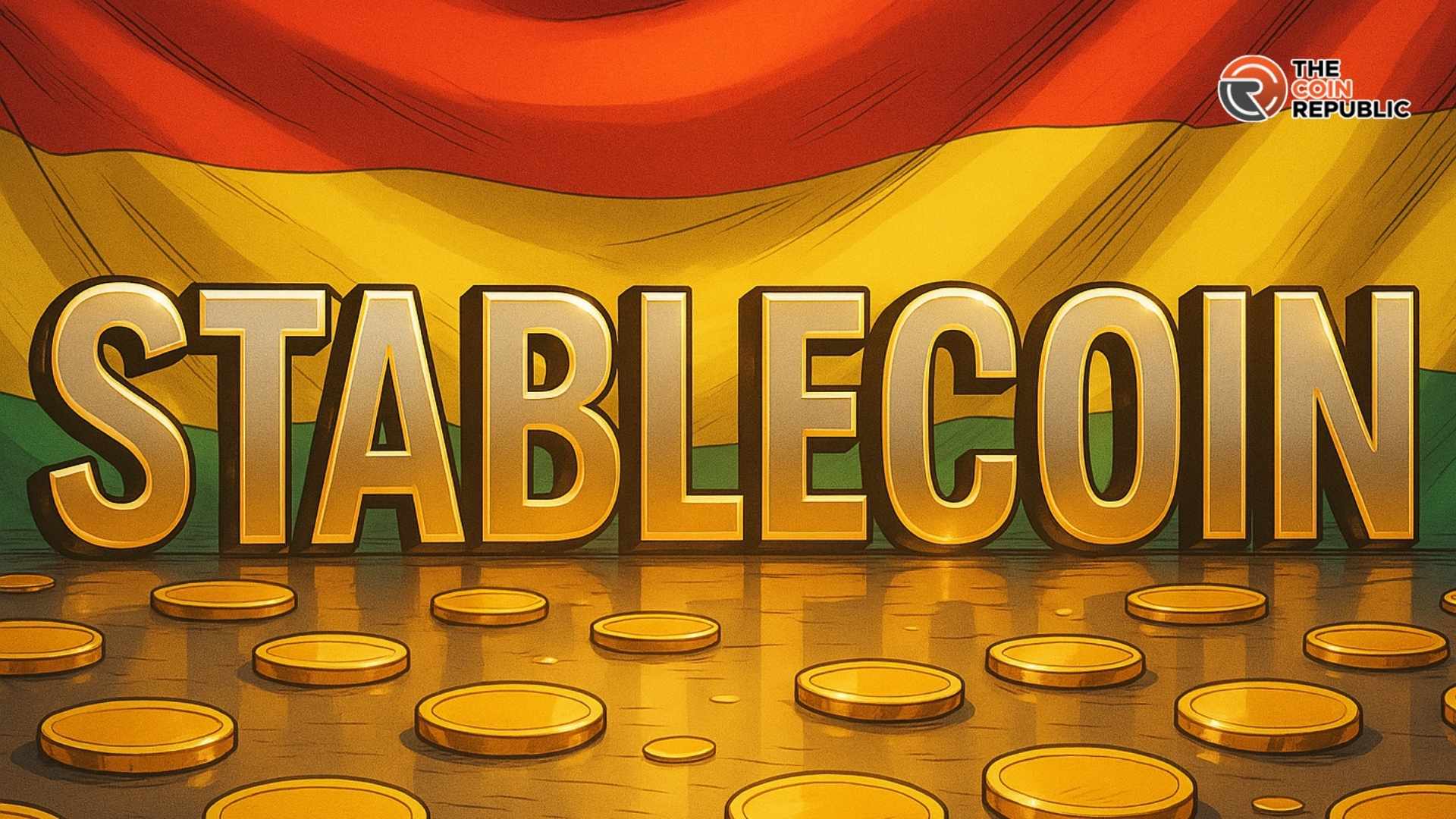Canada Moves to Regulate Stablecoins in 2025 Federal Budget, Mirroring US Approach

Share:
Canada is preparing to roll out its first comprehensive framework for fiat-backed stablecoins under the 2025 federal budget, closely mirroring the regulatory path taken by the United States earlier this year.
Key Takeaways:
- Canada will introduce its first federal framework for fiat-backed stablecoins under the 2025 budget, following the US model.
- The Bank of Canada will spend $10 million over two years to oversee implementation, recovering costs from regulated issuers.
- The move reflects Ottawa’s push to modernize payments as stablecoin adoption accelerates globally.
According to Tuesday’s budget release, the legislation will require stablecoin issuers to maintain full reserves, establish clear redemption policies, and implement robust risk management systems, including safeguards for personal and financial data.
The goal is to strengthen trust in digital payment systems and provide clarity for issuers operating in Canada’s expanding crypto market.
Bank of Canada Allocates $10M to Oversee Stablecoin Rollout
The Bank of Canada is expected to spend $10 million over two years, starting in fiscal year 2026–2027, to oversee the rollout.
Annual supervision costs of about $5 million will later be recovered from issuers regulated under the Retail Payment Activities Act.
The move comes just months after the US passed its GENIUS Act in July, a landmark stablecoin bill that heightened global regulatory momentum.
Ottawa’s response signals its intent to modernize payment systems while keeping pace with international developments.
Although the government has yet to specify when the bill will be introduced, the plan forms part of a wider effort to make digital transactions faster, cheaper, and more secure for Canada’s 41.7 million residents.
Coinbase Canada CEO Lucas Matheson welcomed the proposal, telling CBC that it could “change how Canadians interact with money and the internet forever.”
The global stablecoin market is currently valued at $309.1 billion, with the US Treasury projecting it could reach $2 trillion by 2028.
Institutional adoption is already accelerating, with Western Union, SWIFT, MoneyGram, and Zelle integrating or planning to integrate stablecoin-based solutions.
Among Canada’s emerging players is Tetra Digital, which recently raised $10 million from Shopify, Wealthsimple, and the National Bank of Canada to develop a Canadian dollar-backed stablecoin.
The push comes as the Bank of Canada shelved its central bank digital currency (CBDC) plans in September 2024, citing “no compelling case” to move forward.
Western Union to Launch Dollar-Backed Stablecoin on Solana
Western Union is also entering the stablecoin market with plans to launch the US Dollar Payment Token (USDPT) on the Solana blockchain in the first half of 2026.
The token, issued by Anchorage Digital Bank, will allow users to move money globally with lower fees and faster settlement times, reducing reliance on traditional banking intermediaries and volatile currency conversions.
CEO Devin McGranahan described the move as a continuation of Western Union’s 175-year mission to simplify money transfers, this time through blockchain technology.
He said Solana was chosen for its speed, scalability, and low-cost transactions, which are crucial for the company’s high-volume remittance business.
By leveraging blockchain rails, Western Union aims to make remittances nearly instantaneous and more transparent.
The post Canada Moves to Regulate Stablecoins in 2025 Federal Budget, Mirroring US Approach appeared first on Cryptonews.
Canada Moves to Regulate Stablecoins in 2025 Federal Budget, Mirroring US Approach

Share:
Canada is preparing to roll out its first comprehensive framework for fiat-backed stablecoins under the 2025 federal budget, closely mirroring the regulatory path taken by the United States earlier this year.
Key Takeaways:
- Canada will introduce its first federal framework for fiat-backed stablecoins under the 2025 budget, following the US model.
- The Bank of Canada will spend $10 million over two years to oversee implementation, recovering costs from regulated issuers.
- The move reflects Ottawa’s push to modernize payments as stablecoin adoption accelerates globally.
According to Tuesday’s budget release, the legislation will require stablecoin issuers to maintain full reserves, establish clear redemption policies, and implement robust risk management systems, including safeguards for personal and financial data.
The goal is to strengthen trust in digital payment systems and provide clarity for issuers operating in Canada’s expanding crypto market.
Bank of Canada Allocates $10M to Oversee Stablecoin Rollout
The Bank of Canada is expected to spend $10 million over two years, starting in fiscal year 2026–2027, to oversee the rollout.
Annual supervision costs of about $5 million will later be recovered from issuers regulated under the Retail Payment Activities Act.
The move comes just months after the US passed its GENIUS Act in July, a landmark stablecoin bill that heightened global regulatory momentum.
Ottawa’s response signals its intent to modernize payment systems while keeping pace with international developments.
Although the government has yet to specify when the bill will be introduced, the plan forms part of a wider effort to make digital transactions faster, cheaper, and more secure for Canada’s 41.7 million residents.
Coinbase Canada CEO Lucas Matheson welcomed the proposal, telling CBC that it could “change how Canadians interact with money and the internet forever.”
The global stablecoin market is currently valued at $309.1 billion, with the US Treasury projecting it could reach $2 trillion by 2028.
Institutional adoption is already accelerating, with Western Union, SWIFT, MoneyGram, and Zelle integrating or planning to integrate stablecoin-based solutions.
Among Canada’s emerging players is Tetra Digital, which recently raised $10 million from Shopify, Wealthsimple, and the National Bank of Canada to develop a Canadian dollar-backed stablecoin.
The push comes as the Bank of Canada shelved its central bank digital currency (CBDC) plans in September 2024, citing “no compelling case” to move forward.
Western Union to Launch Dollar-Backed Stablecoin on Solana
Western Union is also entering the stablecoin market with plans to launch the US Dollar Payment Token (USDPT) on the Solana blockchain in the first half of 2026.
The token, issued by Anchorage Digital Bank, will allow users to move money globally with lower fees and faster settlement times, reducing reliance on traditional banking intermediaries and volatile currency conversions.
CEO Devin McGranahan described the move as a continuation of Western Union’s 175-year mission to simplify money transfers, this time through blockchain technology.
He said Solana was chosen for its speed, scalability, and low-cost transactions, which are crucial for the company’s high-volume remittance business.
By leveraging blockchain rails, Western Union aims to make remittances nearly instantaneous and more transparent.
The post Canada Moves to Regulate Stablecoins in 2025 Federal Budget, Mirroring US Approach appeared first on Cryptonews.
 (@StandWCrypto_CA)
(@StandWCrypto_CA) 










